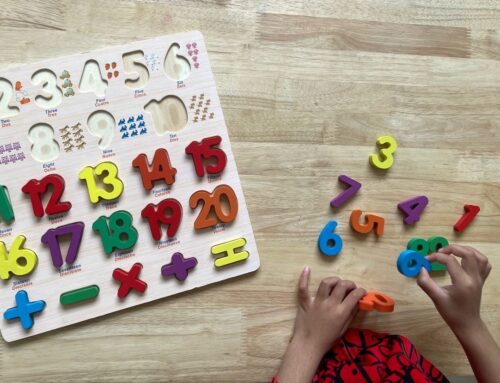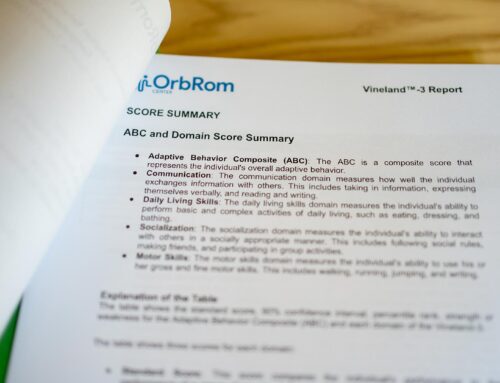Phonics assessment is the process of evaluating a student’s understanding of phonics. Phonics is a method of teaching reading that focuses on the relationship between letters and sounds. It is an essential skill for all readers, as it allows them to decode words and read independently.
There are many different ways to assess phonics skills. Some common methods include:
- Word reading tests: These tests measure a student’s ability to read real and pseudo words. Pseudo words are words that are made up of real letters but do not form real words.
- Phoneme blending tests: These tests measure a student’s ability to blend individual phonemes (letter sounds) into words.
- Phoneme segmentation tests: These tests measure a student’s ability to break words into individual phonemes.
- Phonological awareness tests: These tests measure a student’s understanding of the sound structure of words.
Phonics assessment is important for a number of reasons. First, it can help to identify students who are struggling with phonics. This information can then be used to provide targeted instruction to help these students improve their skills. Second, phonics assessment can be used to track student progress over time. This information can be used to determine whether or not students are making progress and to adjust instruction accordingly.
Why is phonics assessment important?
Phonics assessment is important for a number of reasons, including:
- To identify students who are struggling with phonics: Phonics assessment can help to identify students who are struggling with phonics so that they can be provided with targeted instruction.
- To track student progress over time: Phonics assessment can be used to track student progress over time to determine whether or not they are making progress and to adjust instruction accordingly.
- To inform instruction: Phonics assessment results can be used to inform instruction by providing teachers with information about the specific areas where students need additional support.
- To measure the effectiveness of phonics instruction: Phonics assessment can be used to measure the effectiveness of phonics instruction by comparing student performance before and after instruction.
How is phonics assessment conducted?
There are a number of different ways to conduct phonics assessment. Some common methods include:
- Observation: Teachers can observe students during reading instruction and other activities to assess their phonics skills.
- Informal assessments: Teachers can use informal assessments, such as running records and miscue analysis, to assess students’ phonics skills.
- Formal assessments: Teachers can also use formal assessments, such as standardized tests, to assess students’ phonics skills.
Types of phonics assessments
There are two main types of phonics assessments:
- Diagnostic assessments: Diagnostic assessments are used to identify students who are struggling with phonics.
- Progress monitoring assessments: Progress monitoring assessments are used to track student progress over time.
Diagnostic assessments are typically administered at the beginning of the school year or when a teacher suspects that a student is struggling with phonics. Progress monitoring assessments are typically administered more frequently, such as every few weeks or months.
Benefits of phonics assessment
There are a number of benefits to phonics assessment, including:
- Improved student outcomes: Phonics assessment can help to improve student outcomes by providing teachers with information about the specific areas where students need additional support.
- More effective instruction: Phonics assessment results can be used to inform instruction by helping teachers to develop more effective lesson plans and activities.
- Increased teacher confidence: Phonics assessment can help to increase teacher confidence by providing them with data about their students’ progress.
- Improved communication with parents: Phonics assessment results can be used to communicate with parents about their child’s progress and to develop strategies for supporting their child at home.
Tips for conducting phonics assessments
Here are a few tips for conducting phonics assessments:
- Use a variety of assessment methods: Using a variety of assessment methods will help you to get a more complete picture of a student’s phonics skills.
- Make assessments relevant to instruction: The assessments you use should be relevant to the phonics instruction that students are receiving.
- Provide students with feedback: Be sure to provide students with feedback on their phonics assessments. This feedback will help them to identify their strengths and weaknesses and to set goals for improvement.
- Use assessment results to inform instruction: The results of phonics assessments should be used to inform instruction. This means providing students with targeted instruction to help them improve their phonics skills.
Phonics assessment is an important tool for teachers. It can be used to identify students who are struggling with phonics, track student progress over time, inform instruction, and measure the effectiveness of phonics instruction. By using a variety of assessment methods and providing students with feedback, teachers can use phonics assessment to improve student outcomes.





Leave A Comment